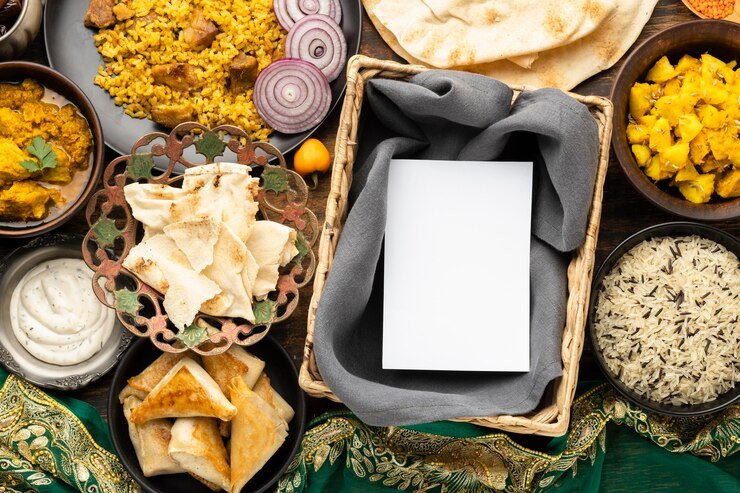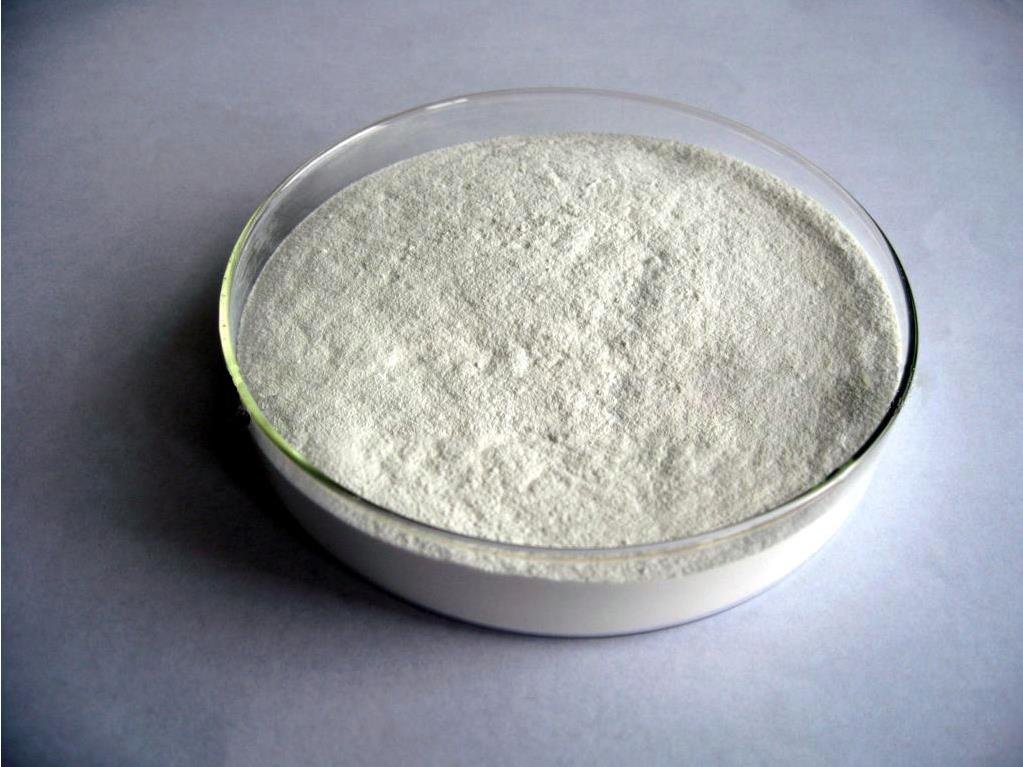Bengali food is a wonderful blend of spices, flavors, and tradition. It’s not just about eating; it’s about experiencing the rich cultural heritage of Bengal through its cuisine. From the iconic fish curries to the sweet delights of mishti, Bengali food has something for everyone. Whether you’re new to this cuisine or a seasoned foodie, this post will guide you on what to expect from a Bengali food blog, why you should follow one, and how it can help you explore new flavors in your kitchen.
Introduction to Bengali Cuisine
Bengali cuisine is famous for its use of fresh ingredients and a wide range of flavors—from spicy and tangy to sweet and subtle. If you’re wondering why you should follow a Bengali food blog, the answer is simple: these blogs are a treasure trove of authentic recipes, cultural stories, and cooking techniques that make Bengali food so special.
In this blog post, we’ll dive into the wonderful world of Bengali food blogs, why they are a great resource for learning about this vibrant cuisine, and what you can expect when you follow one. Whether you’re looking for traditional recipes, modern twists on classics, or just some cooking inspiration, Bengali food blogs have it all.
Why Should You Follow a Bengali Food Blog?
Following a Bengali food blog isn’t just about finding new recipes (although that’s a big part of it!). It’s also about exploring the history and culture of Bengal through food. Here’s why these blogs are a must-read for anyone interested in Bengali cuisine:
- Authentic Recipes: Bengali food blogs often feature traditional recipes that have been passed down through generations, making it easier for you to recreate authentic dishes at home.
- Cultural Stories: Many food blogs dive into the history and culture behind the dishes, providing a deeper understanding of why certain ingredients or cooking techniques are used.
- Cooking Tips: Whether it’s mastering the art of cooking rice perfectly or getting the balance of spices just right, Bengali food blogs provide expert tips and tricks to help you improve your cooking skills.
- Inspiration for All Meal Types: Whether you’re looking for a quick snack, a full meal, or a festive dish, Bengali food blogs will inspire you with a variety of recipes for every occasion.
Key Ingredients in Bengali Cuisine
Before diving into a Bengali food blog, it’s useful to know some of the key ingredients that make up Bengali cuisine. Understanding these ingredients will help you better appreciate the recipes and flavors you’ll come across in any good Bengali food blog.
- Fish: Fish, especially freshwater fish like hilsa and rohu, plays a central role in Bengali cuisine. Bengali dishes like macher jhol (fish curry) are a staple in most households.
- Mustard Oil: The pungent flavor of mustard oil is unique to Bengali food and is used for both cooking and garnishing.
- Panch Phoron: This five-spice blend is a mixture of cumin, mustard, fenugreek, fennel, and nigella seeds. It’s commonly used to flavor vegetarian dishes and lentils.
- Rice: As a staple, rice is served with almost every meal, either in its plain form or in dishes like bhuna khichuri (a spiced rice and lentil dish).
- Mishti (Sweets): Bengali sweets like rosogolla and sandesh are famous worldwide. These are made primarily from chhena (curdled milk) and sugar syrup.
Popular Bengali Dishes You Must Try
If you’re new to Bengali cuisine or looking for inspiration, here are a few must-try dishes that you’re likely to encounter on any Bengali food blog:
- Shorshe Ilish: This is a signature dish of Bengal, featuring hilsa fish cooked in a mustard sauce. It’s rich, tangy, and a perfect representation of Bengali flavors.
- Aloo Posto: A comforting dish made from potatoes and poppy seeds, often served with rice.
- Chingri Malai Curry: A creamy, coconut-based prawn curry that’s delicious and a crowd favorite.
- Luchi with Cholar Dal: A fluffy fried bread served with a mildly spiced lentil curry—perfect for breakfast or lunch.
- Mishti Doi: A sweetened yogurt that’s often enjoyed as a dessert and has a silky, rich texture.
Best Bengali Food Blogs to Follow
Now that we’ve got you drooling over these delicious dishes, let’s talk about some of the best Bengali food blogs you can follow for authentic recipes and inspiration:
- Bong Eats: A popular blog that offers detailed video tutorials along with traditional recipes, making it easy for you to follow along.
- PeekNCook: This blog focuses on Bengali home-cooked meals and is a great resource for everyday recipes.
- Spice Chronicles: While it covers a broader spectrum of Indian cuisine, Spice Chronicles has a fantastic section on Bengali dishes.
- Cosmopolitan Currymania: Another great blog that blends Bengali recipes with other Indian and global cuisines.
These blogs offer a combination of recipes, cooking tips, and insights into the cultural significance of Bengali food, making them a must-read for any aspiring cook or food lover.
Conclusion
Bengali cuisine is a treasure chest of flavors, and following a Bengali food blog is the perfect way to unlock it. Whether you’re learning to cook traditional dishes, discovering new twists on old favorites, or diving into the culture behind the food, Bengali food blogs have something to offer every food enthusiast.
FAQs
Q1. Are Bengali food blogs suitable for beginners?
Absolutely! Many Bengali food blogs provide step-by-step instructions, making it easy for even beginners to follow along and create delicious dishes.
Q2. What is the best Bengali dish to start with for beginners?
Aloo Posto or Luchi with Cholar Dal are great starting points. Both are simple to make yet offer a taste of authentic Bengali flavors.
Q3. Do Bengali food blogs provide vegetarian options?
Yes, Bengali cuisine has a rich variety of vegetarian dishes, and most blogs cover both vegetarian and non-vegetarian recipes.
Q4. Can I find dessert recipes on Bengali food blogs?
Definitely! Bengali cuisine is famous for its sweets, and most food blogs will feature recipes for popular desserts like rosogolla, sandesh, and mishti doi.










